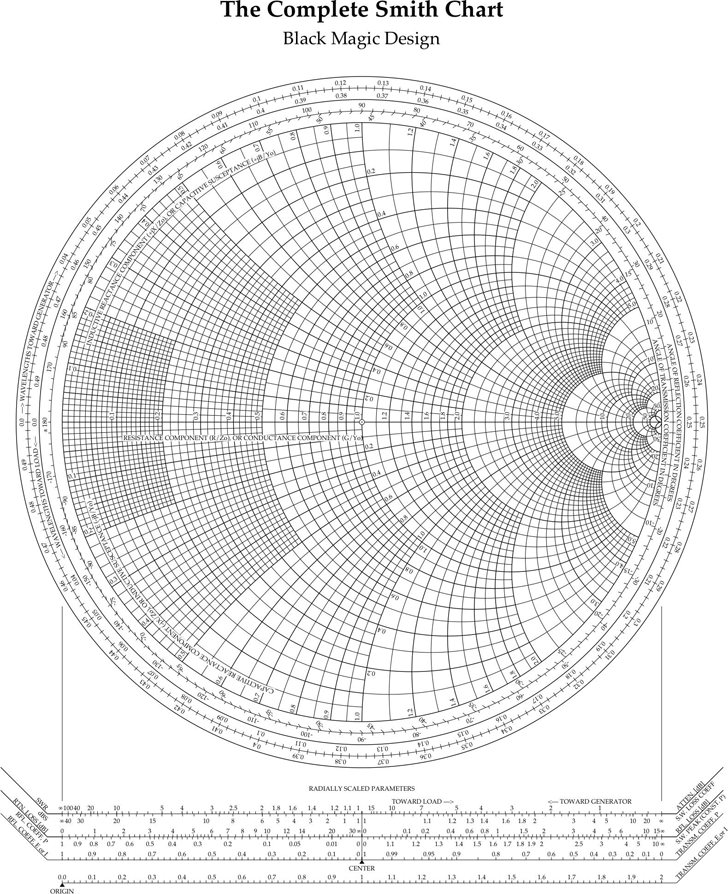

53%), and to own most major digital devices. This group is significantly less likely than seniors who do not face these physical challenges to go online (49% vs. Around two in five seniors indicate that they have a “physical or health condition that makes reading difficult or challenging” or a “disability, handicap, or chronic disease that prevents them from fully participating in many common daily activities”. Physical challenges to using technology: Many seniors have physical conditions or health issues that make it difficult to use new technologies. Older adults face several unique barriers and challenges when it comes to adopting new technologies. Older adults face a number of hurdles to adopting new technologies Among seniors who have not attended college, 40% go online and just 27% have broadband at home. Fully 87% of seniors with a college degree go online, and 76% are broadband adopters.For seniors earning less than $30,000 annually, 39% go online and 25% have broadband at home. Among seniors with an annual household income of $75,000 or more, 90% go online and 82% have broadband at home.In addition, affluent and well-educated seniors adopt the internet and broadband at substantially higher rates than those with lower levels of income and educational attainment: By contrast, internet adoption falls to 47% and broadband adoption falls to 34% among 75-79 year olds. Some 68% of Americans in their early 70s go online, and 55% have broadband at home. Internet use and broadband adoption among seniors each fall off notably starting at approximately age 75.

Seniors, like any other demographic group, are not monolithic, and there are important distinctions in their tech adoption patterns, beginning with age itself. Younger, higher-income, and more highly educated seniors use the internet and broadband at rates approaching-or even exceeding-the general population internet use and broadband adoption each drop off dramatically around age 75 And many seniors remain largely unattached from online and mobile life-41% do not use the internet at all, 53% do not have broadband access at home, and 23% do not use cell phones. In addition, 77% of older adults have a cell phone, up from 69% in April 2012.īut despite these gains, seniors continue to lag behind younger Americans when it comes to tech adoption. Today, 59% of seniors report they go online-a six-percentage point increase in the course of a year-and 47% say they have a high-speed broadband connection at home. In April 2012 the Pew Research Center found for the first time that more than half of older adults (defined as those ages 65 or older) were internet users. Among the key findings of this research: Six in ten seniors now go online, and just under half are broadband adopters The other (which tends to be older and less affluent, often with significant challenges with health or disability) is largely disconnected from the world of digital tools and services, both physically and psychologically.Īs the internet plays an increasingly central role in connecting Americans of all ages to news and information, government services, health resources, and opportunities for social support, these divisions are noteworthy-particularly for the many organizations and individual caregivers who serve the older adult population. The first group (which leans toward younger, more highly educated, or more affluent seniors) has relatively substantial technology assets, and also has a positive view toward the benefits of online platforms. Two different groups of older Americans emerge. In this report, we take advantage of a particularly large survey to conduct a unique exploration not only of technology use between Americans ages 65 or older and the rest of the population, but within the senior population as well. Smith (1905–1987) and independently by Mizuhashi Tosaku, is a graphical calculator or nomogram designed for electrical and electronics engineers specializing in radio frequency (RF) engineering to assist in solving problems with transmission lines and matching circuits.America’s seniors have historically been late adopters to the world of technology compared to their younger compatriots, but their movement into digital life continues to deepen, according to newly released data from the Pew Research Center. Graphical calculator or nomogram designed for electrical and electronics engineers specializing in radio frequency (RF) engineering to assist in solving problems with transmission lines and matching circuits


 0 kommentar(er)
0 kommentar(er)
